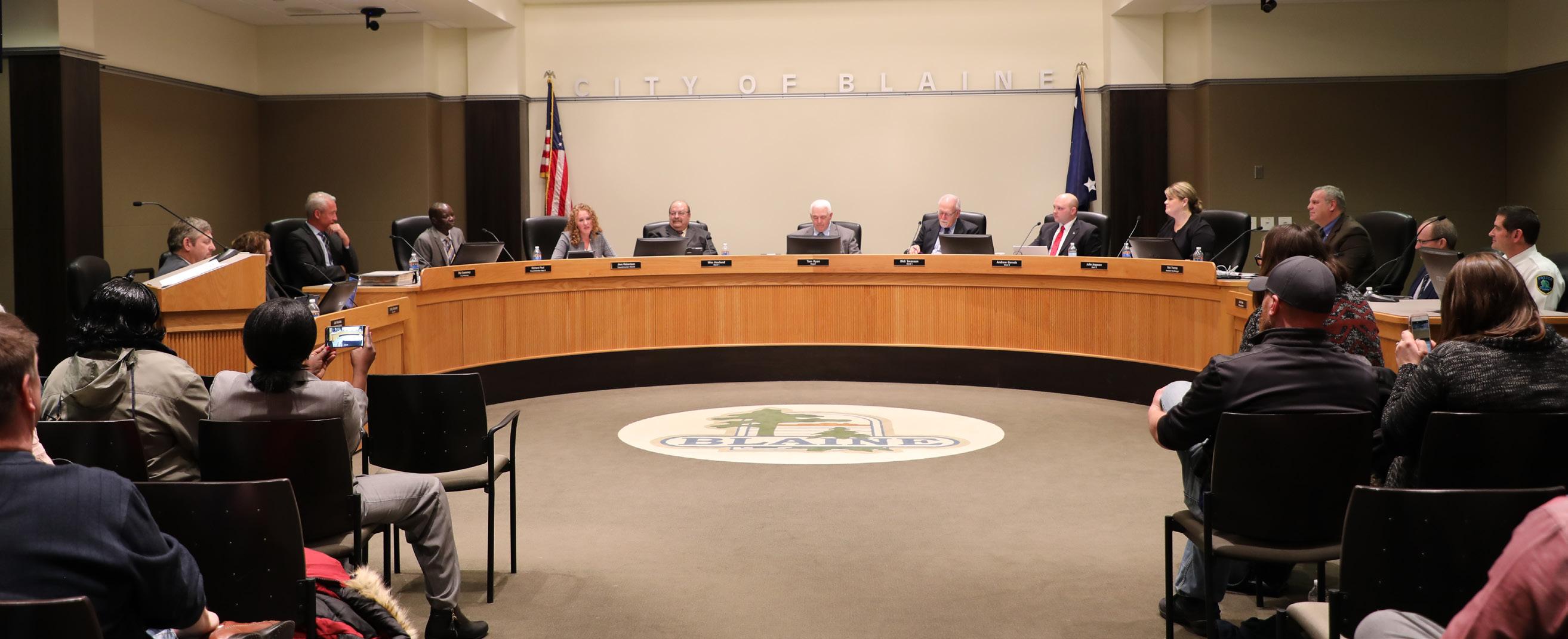
4 minute read
Strategic Planning Process
Strategic planning is a process that helps leaders examine the current state of the organization, determine a desired future state, establish priorities, and define a set of actions to achieve specific outcomes. The process was designed to answer four key questions: (1) Where are we now? (2) Where are we going? (3) How will we get there? (4) What will we do? The process is divided into a development phase and an implementation phase. The full process is depicted below. ? Where are we now?1
Development
Where we are Where we are going
Implementation
How we will get there What we will do
Scan the Environment — Conduct Internal and External Analysis (SWOT) — Develop Strategic Profile — Identify Strategic Challenges
Define Our Mission — Articulate Core Values — Set a Vision — Establish Goals — Identify Key Intended Outcomes
Develop Initiatives — Define Performance Measures — Set Targets and Thresholds — Cascade Throughout Organization Create Detailed Action Plans — Establish Accountability: Who, What, When — Identify Success Indicators — Provide Resources
Initiating the Process — Setting Expectations, Reviewing Current Situation
The strategic planning process began with a meeting with the Blaine City Council and senior staff on March 14, 2019. The purpose of the session was to discuss roles and responsibilities and the best practices in governance. This was followed by a session on April 1, 2019 where the staff presented an environmental scan—summarizing conditions in the operating environment. Included was an overview of the city’s financial situation, the condition of infrastructure, growth and development projects and trends, and a summary public safety and human resource issues.
Setting Direction: Mission, Vision, Value Proposition, and Organizational Culture
On April 8 and 15, 2019, the Blaine City Council and senior staff, held meetings to develop the strategic plan. As they addressed the question of “Where are we now?” The group was challenged to define the current organizational culture and its value proposition— understanding that an organization’s culture, and the value proposition it puts forth provide the foundation for the way in which services are delivered and strategic direction is set. The three value propositions and core cultures are summarized as follows.
Four Core Cultures Control Culture
(example: Military - command and control) Strengths: Systematic, clear Weaknesses: Inflexible, compliance over innovation
Competence Culture
(example: Research lab - best and brightest) Strengths: Results oriented, efficient Weaknesses: Values, human element can be ignored
Collaboration Culture
(example: Family-teams) Strengths: Manages diversity well, versatile Weaknesses: Group think, short-term oriented
Cultivation Culture
(example: Non-profit/religious group-mission/ values) Strengths: Socially responsible, consensus oriented Weaknesses: Lacks focus, judgmental
Three Value Propositions Operational Excellence
(example: Wal-Mart, Southwest Airlines) • They adjust to us (command and control)
Product/Service Leadership
(example: Apple, Google) • They ‘oh and ah’ over our products/services (competence)
Customer Intimacy
(example: Nordstrom, Ritz-Carlton) • We get to know them and solve their problems/satisfy their needs (collaborative)
The group engaged in an extended discussion regarding the value proposition and its relationship to the culture. While the questionnaire results reflected an agreement between council and staff, there were a variety of different perceptions regarding the value proposition. It was generally believed that customer intimacy reflects much of the current approach, and operational excellence has been important and will continue to be important for operational stability, therefore it should be the primary value proposition, with customer intimacy as a secondary focus.

Strategic Planning Process
Access Current Environment
• Environmental Scan - April 1 • Strategy Retreat - April 8 • Culture, Value Proposition • Scan the Environment • SWOT Analysis • Draft Vision, Mission, Values
Set Priorities, Targets
• Strategy Retreat - April 15 • Operating Environment -
Internal SWOT • Challenges, Priorities • Outcomes, Targets
Implement the Plan
• Management Review - May 7 • Initiatives Development • Action Plans • Vision, Mission Refined • Council Review, Approve
The group then directed their attention to their mission, vision, and values statements. They agreed that the mission, vision, and values statements needed updating and/or creation. They examined the current statements, spent time reflecting on their purpose and their longterm aspirations for the community. They compared their mission and vision statements to statements from other communities. A brainstorming process ensued, resulting in the identification of key concepts the group favored for both the vision and mission. These were then used by the consultant over the succeeding weeks to create draft statements. The group then discussed the concept of organizational values, and reviewed a list of values to determine which among them reflected the group’s beliefs. A group discussion occurred, with a list of potential values identified. The consultant used the list and the group discussion to prepare a draft set of values for consideration. The organization’s mission and value statements are listed below.
Mission Statement
Deliver exceptional public services with the highest degree of professionalism and accountability.


Values

Transparency and Openness Creativity and Innovation Fairness and Impartiality Respect and Efficiency
Strategic Planning Process
Access Current Environment
• Environmental Scan - April 1 • Strategy Retreat - April 8 • Culture, Value Proposition • Scan the Environment • SWOT Analysis • Draft Vision, Mission, Values
Set Priorities, Targets
• Strategy Retreat - April 15 • Operating Environment -
Internal SWOT • Challenges, Priorities • Outcomes, Targets
Implement the Plan
• Management Review - May 7 • Initiatives Development • Action Plans • Vision, Mission Refined • Council Review, Approve





